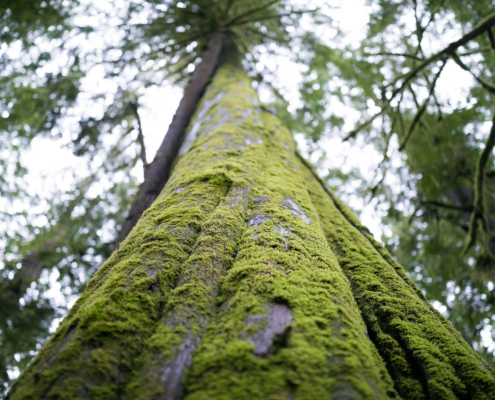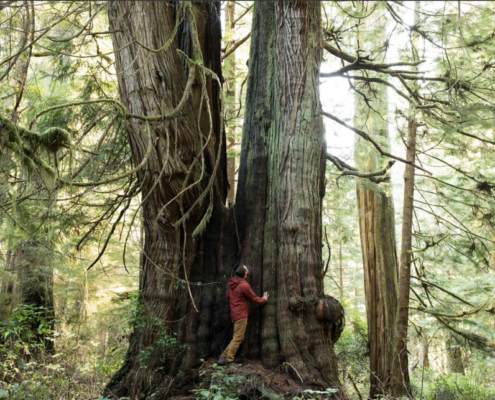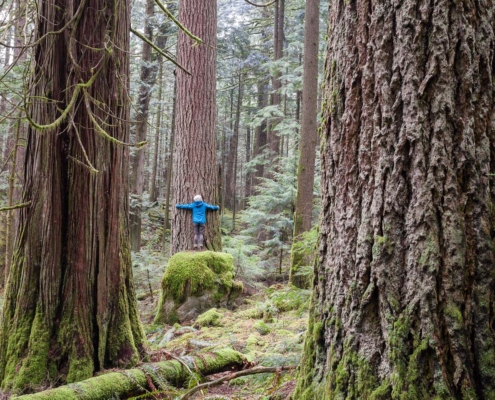
Old Growth Forests Are Vital to Indigenous Cultures. We Need to Protect What’s Left
Tla-o-qui-aht canoe carver and artist Joe Martin shares valuable insights we can all learn from in his opinion piece in the Tyee.

For Vancouver Island’s old-growth explorers, naming trees is a delight – but saving them is a challenge
Check out this Globe and Mail article featuring the Endangered Ecosystems Alliance’s Ken Wu and the AFA’s TJ Watt, who recently located nearly two dozen(!) groves of spectacular but mostly unprotected old-growth Sitka spruce forest in the San Juan Valley in unceded Pacheedaht territory near Port Renfrew.

Thank you to all the businesses, organizations, and artists who supported the AFA in 2019
The Ancient Forest Alliance would like to extend our deepest gratitude to the many outstanding businesses, organizations, and artists who supported our ancient forest campaign in 2019.
